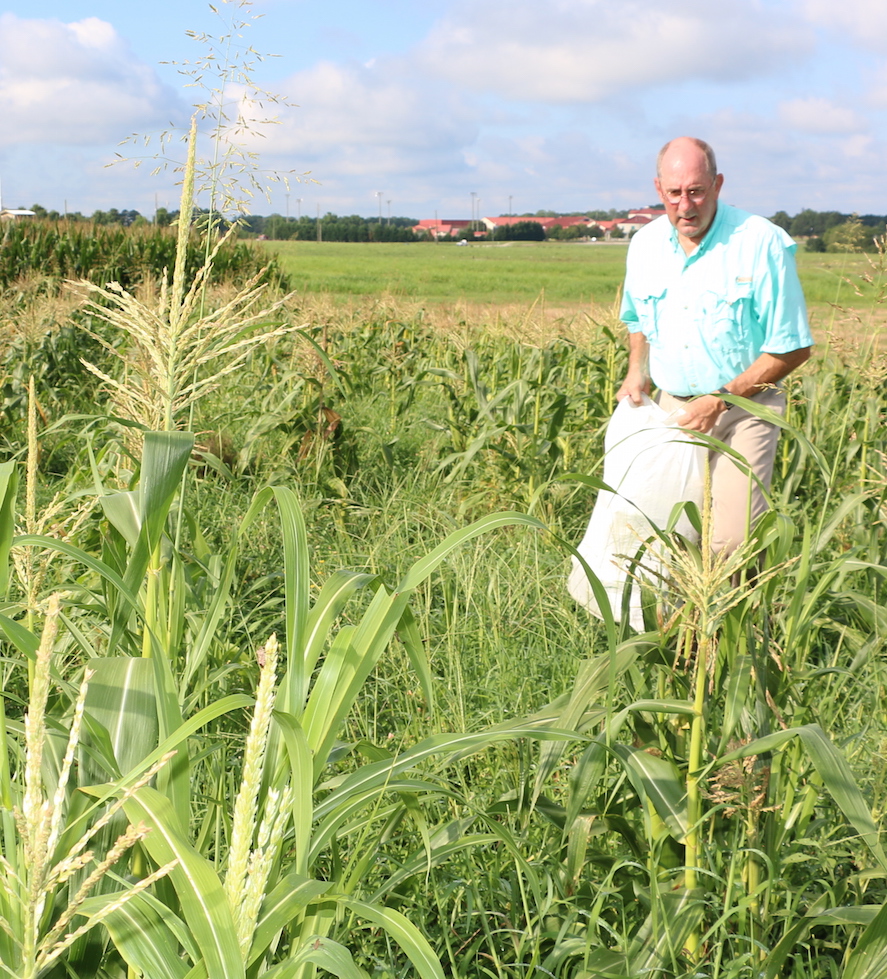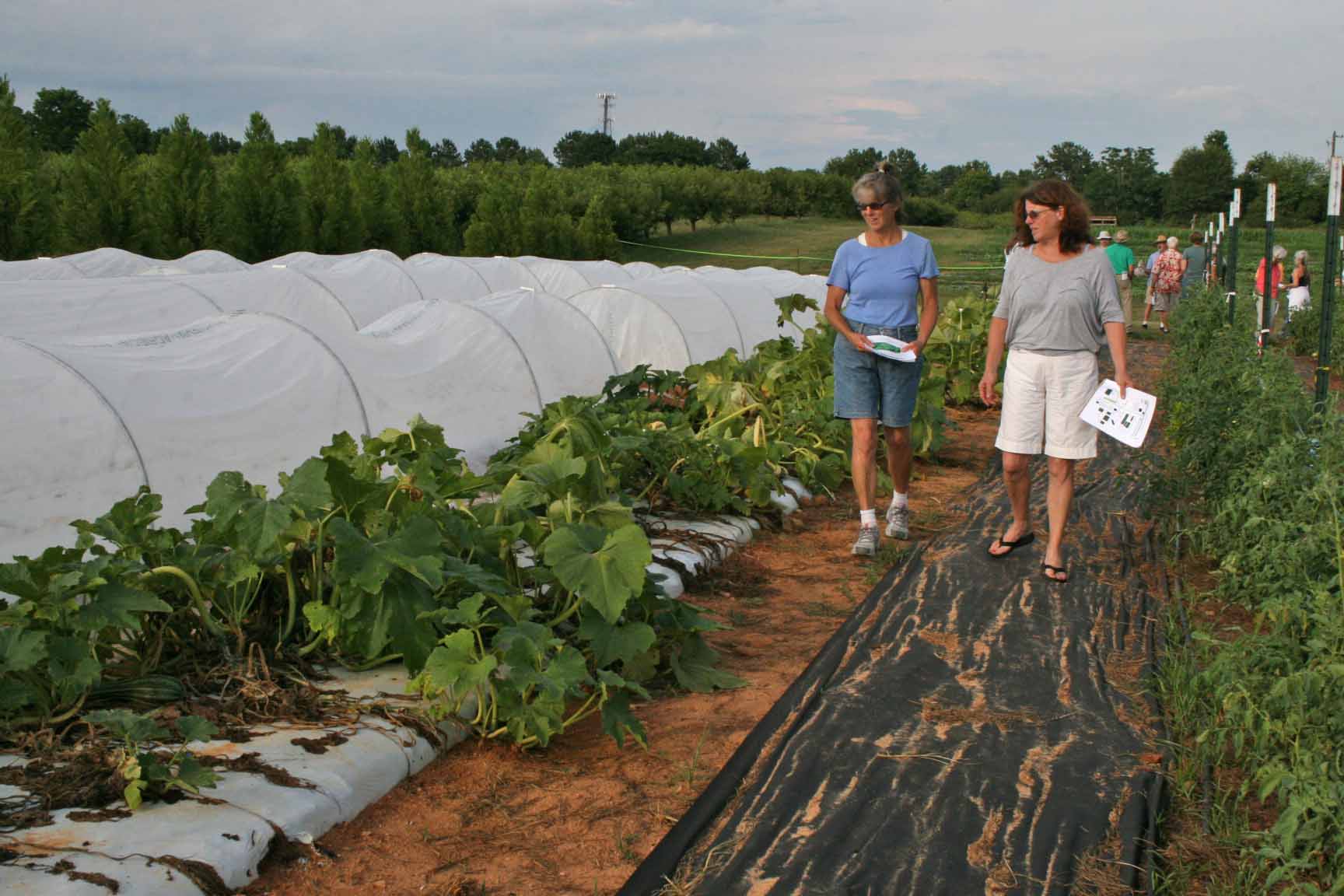 CAES News
CAES News
Dual Degree Program
UGA Tifton graduate heads to Italy to pursue dual master's degree in sustainable agriculture.









